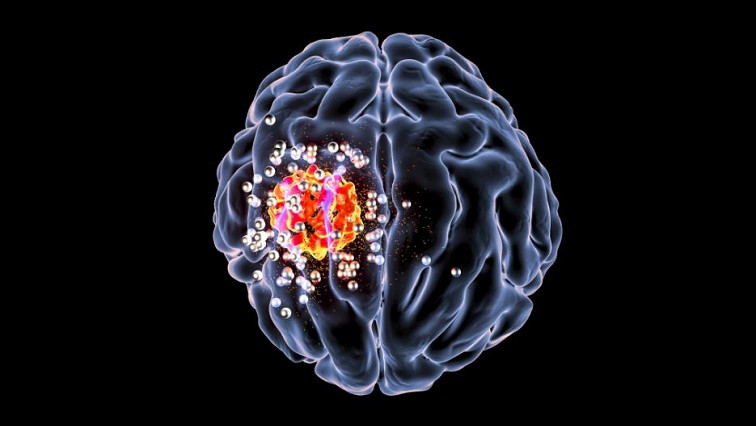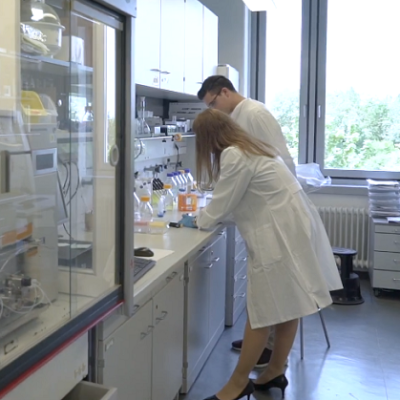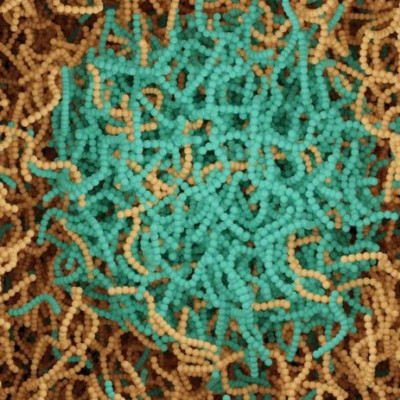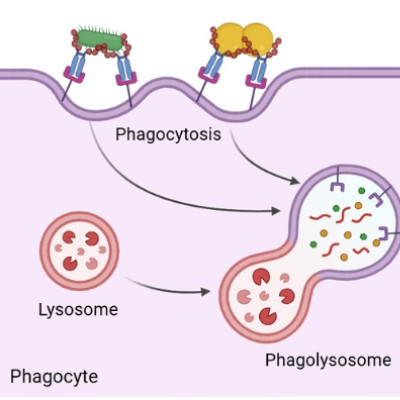For patients with malignant brain tumors, the prognosis remains dismal. With the most aggressive treatments available, patients are usually only expected to live about 14 months after diagnosis.
This is because, chemotherapy, the most common form of treatment for cancer, is uniquely challenging for brain tumor patients. The delicate organ in our skulls is protected by a network of vessels and tissue called the blood-brain barrier that keeps most foreign substances out. Furthermore, chemotherapy drugs can cause significant damage to the rest of the body if they are not able to target the tumor in a pharmacologically significant dose.
These challenges have plagued scientists for years, but a team of researchers for Yale School of Medicine and Beijing Normal University just published a breakthrough study detailing a new method that offers a promise at treatment. The solution? Nanoparticles.
Nanoparticles, particles that are smaller than wavelengths of visible light and can only be seen under a special microscope, have the potential to pass through the blood-brain barrier. They can also carry drugs to targeted areas of the body, reducing the side effects on the rest of the body. But previous nanoparticles were very complex and not very efficient in penetrating the brain.
This most recent paper, published in Nature Biomedical Engineering on March 30, 2020, describes a small carbon nanoparticle engineered by the two labs that could both deliver chemotherapy drugs across the blood-brain barrier and mark tumor cells with fluorescence in mice. What’s more, this nanoparticle is incredibly simple—made up of only one single compound.
“The major problems we’ve solved is to improve the delivery efficiency and specificity of nanoparticles,” says Jiangbing Zhou, PhD, Associate Professor of Neurosurgery and of Biomedical Engineering at Yale School of Medicine. “We created nanoparticles like building a missile. There’s usually a GPS on every missile to guide it into a specific location and we’re able to guide particles to penetrate the brain and find tumors.”
The GPS-like targeting occurs because the nanoparticles engineered to be recognized by a molecule called LAT1, which is present in the blood-brain barrier as well as many tumors, but not in most other normal organs. As a result, chemotherapy drugs can be loaded on the dots and target tumors while barely affecting the rest of the body. The nanoparticles gain entry to the brain because they’ve been engineered to look like amino acids, which are allowed past the blood-brain barrier as nutrients.
The nanoparticles have wider implications than drug delivery. They can be stimulated to emit fluorescence, which helps surgeons locate tumors to remove with greater accuracy.
Still, there’s a long road ahead before this research can be applied in a clinical setting, says Dr. Zhou. “It takes a long time before the technology can be translated into clinical applications,” he says. “But this finding suggests a new direction for developing nanoparticles for drug delivery to the brain by targeting LAT1 molecules.”
Read the original article on Yale University.







